Many players of the original Final Fantasy VII describe emerging from Midgar onto the world map as a critical turning point — a moment that greatly expanded what they thought scope of the game would be. The hours spent in Remake’s Midgar, as rigid as they are at times (but for good reason), set the stage for a similar surprise. Cloud and company venture into a world that is brightened by and abundant with ideas.
While not everything glimmers in this new light, it creates a world that is rich in texture – not only in the characters you meet and the places you go, but in the variety of gameplay itself. We’ve learned by now that this “Remake series” is not merely replication, but a rethinking what these moments can mean for players old and new alike. In that context it presents a captivating frontier, just like those first footsteps outside Midgar’s walls.
When Square Enix revealed that Remake, the first part in its ambitious trilogy reimagining of the company’s most famous game, would take place entirely in Midgar, many fans were… not pleased. While a great deal of story development occurs in Midgar in the original FFVII, the dystopian cyberpunk metropolis constitutes merely the first few hours of a 40-hour journey.
If there are two things that never left my mind throughout the entirety of my time with Rebirth, the first is that the developers clearly took the creation of Midgar as a learning experience before daring to tackle a world so massive and varied here. (I’ll tell you the other thing a little later.) I don’t think it would have been remotely within the realm of possibility to build this world if the foundation hadn’t been previously established.
The results of that foundation permeate through every aspect of Rebirth. Not only is the game colossal in scale; the battle system has also advanced into more complex and engaging territory, and each of Remake’s character customization mechanics is richer and a bit more strategic in nature.
Everything Old Is… New, But Also Old
Rebirth kicks off its plot with a chapter-long flashback sequence. Having arrived in Kalm, the first settlement outside the gloomy outskirts of Midgar, Cloud provides significant context for the events of five years past, in which hero-turned-villain Sephiroth rapidly descends into narcissistic madness and torches Cloud and Tifa’s hometown of Nibelheim. This extensive sequence numbers among the original game’s iconic scenes, and it’s always felt like the most natural starting point for the second installment in this trilogy.
It’s only when the flashbacks conclude that the size of Rebirth begins to reveal itself. Kalm is one of seven major hub towns, and it’s one of the smallest at that. Dozens of NPCs populate each, with a fair number that can be interacted with, and an impressive array of side quests to complete. There are even a few minor settlements strewn throughout the game’s six ‘open regions’ – enormous zones which constitute the lands between Kalm, Junon, Costa del Sol, and beyond.
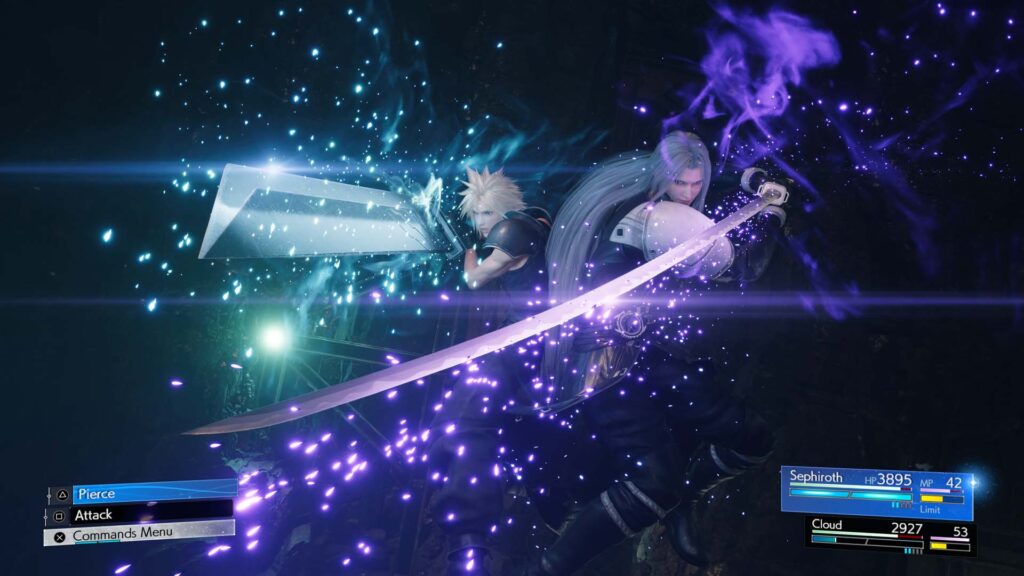
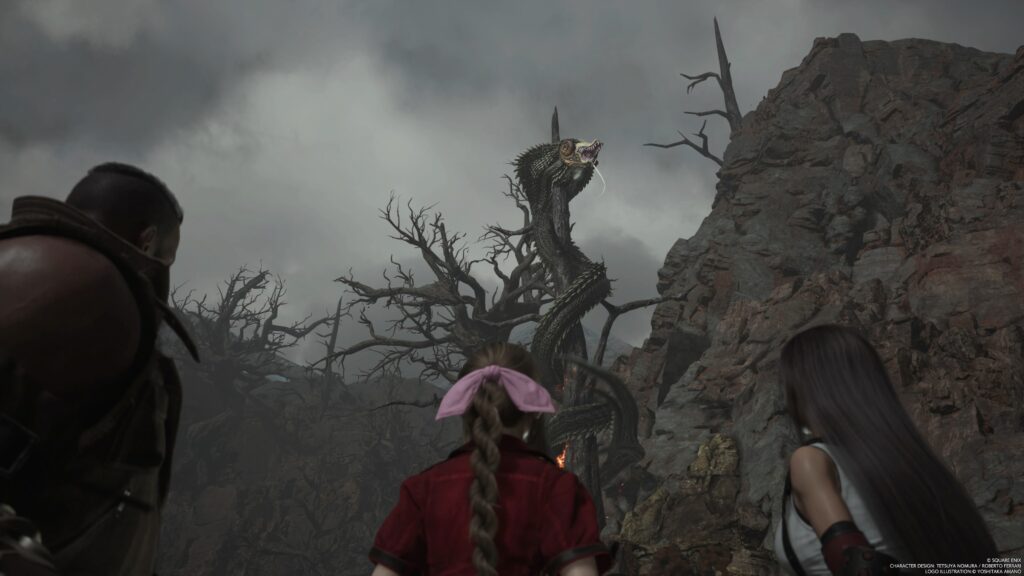

The story does exactly what Square Enix claimed it would. Which is to say, many of the memorable moments from FFVII remain more or less intact, but they have been expanded into more involved affairs that give the terrific cast of characters far more to chew on. Some of these expansions work better than others, but the overall package left me thrilled to see how much the writers had in mind.
One of my favorites involves a major arc for Barret Wallace, a standout character in any iteration, as he is forced to face the sins of his past. If you know, you know – and it has been adapted brilliantly. My eyes watered several times. But even when this stuff doesn’t quite hit the mark, the character writing is seldom less than excellent. It’s a joy seeing this great cast come together for their myriad trials and tribulations on the hunt for Sephiroth.
Cast Chemistry
In fact, Rebirth seizes every opportunity to capitalize upon the deepening relationships between party members. Throughout most of the game, Cloud’s bonds with them can be elevated through a combination of co-starring side quests and savvy dialogue choices. You’ll never truly tick anyone off for good – after all, these folks have to stick together through thick and thin – but irritating them will decrease their affection rating.
This isn’t a terrible idea if you have a specific date in mind for the Gold Saucer sequence that occurs much later on. In the original FFVII, a hidden stat dictated who would show up on a fateful evening at this giant amusement park to accompany Cloud for a collection of joint activities that ranged from funny and sentimental foreshadowing with Aerith to entirely comedic with Barret.
The Gold Saucer sequence is, of course, expanded considerably. It’s lovely, it’s endearing – it’s Rebirth’s answer to Remake’s Honeybee Inn, and it is worth the wait. Even the Barret option gains a great deal of depth; it’s no longer merely a joke, but it instead offers an even deeper look into his past.

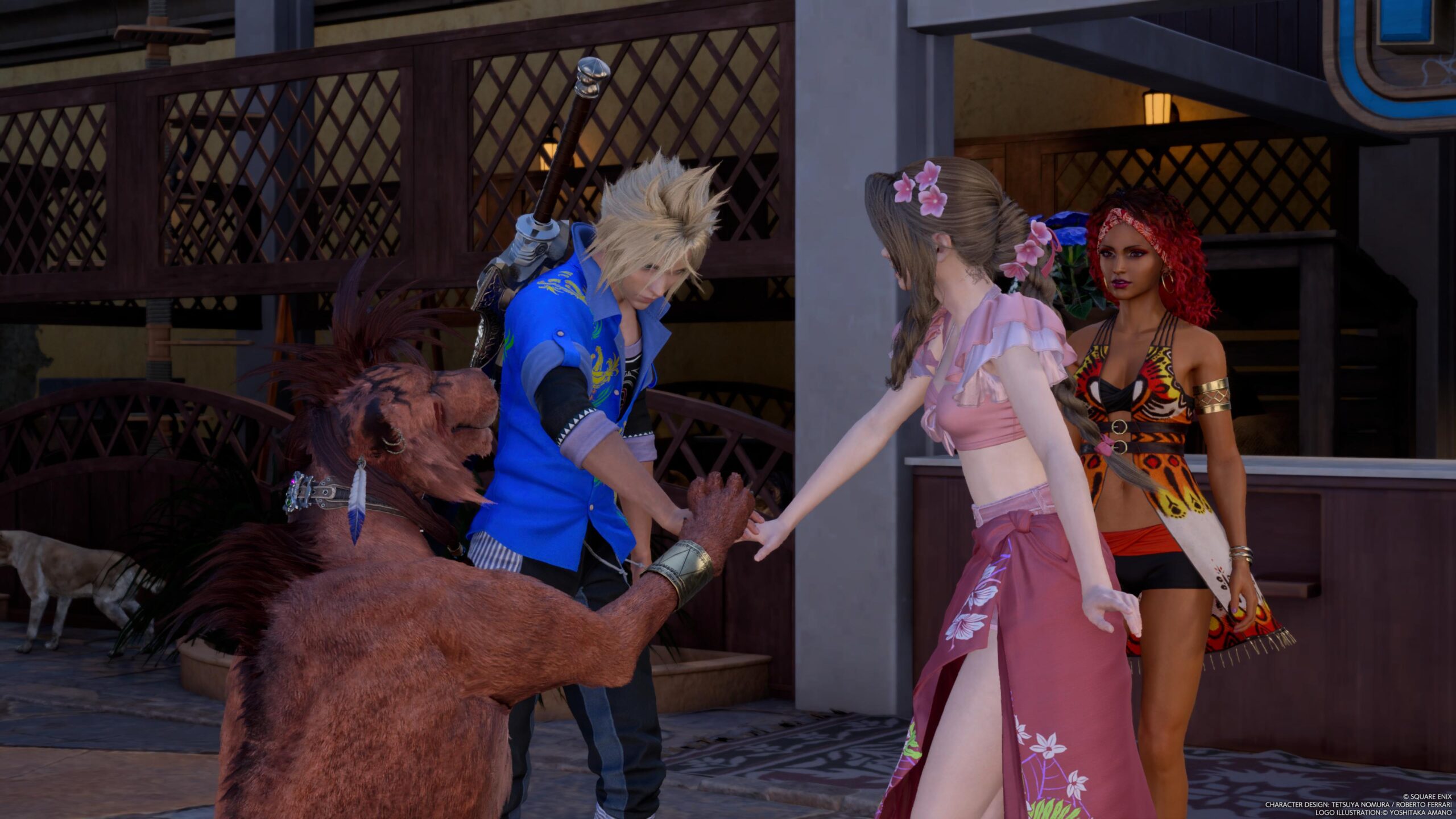
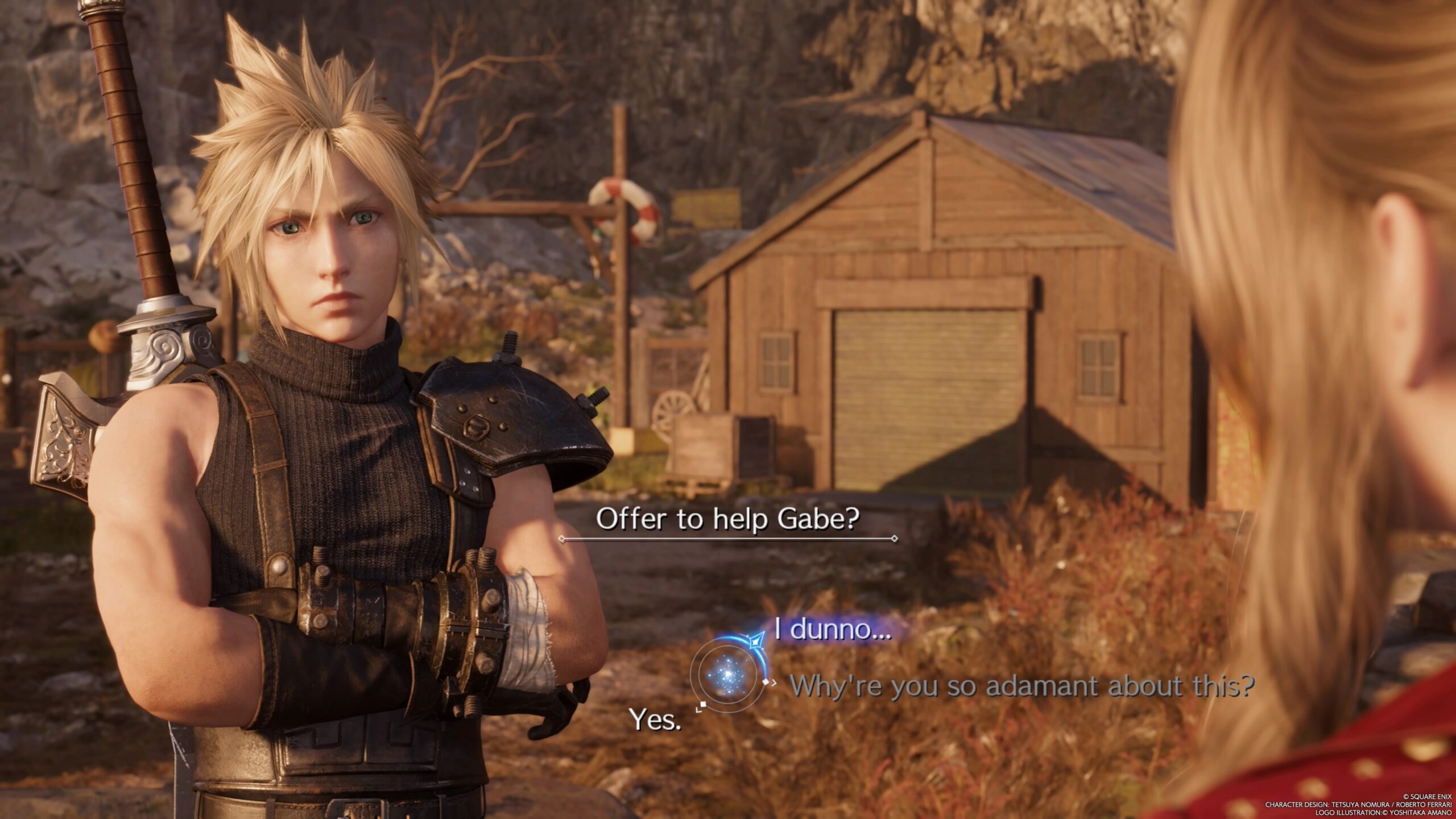
So while the overarching plot has a slowness to it until much later on – you’re kind of only doing one thing here for two-thirds of Rebirth’s runtime – I think it would be a shame to judge too harshly in this regard. The characters themselves are the driving force behind this story. They are the plot. Rather than being hurled through massive moments at breakneck speed, Square asks us to come for the world-saving antics, but to stay for the people you’ll want to save.
It’s no exaggeration to say that Rebirth’s take on Cloud, Aerith, Tifa, Barret, and all the rest of them is the best these legendary heroes have ever had it. If Final Fantasy VII gave us all a broad outline of their personalities that still manages to feel complete in its own way, then Rebirth pulls the outline into the forefront, and fills it with a beautiful tapestry of human emotion. Even Cait Sith is great, and that’s no easy trick.
Let me put this another way for those of you who will understand this analogy firsthand. Rebirth is Square Enix’s Mass Effect 2. The middle chapter in BioWare’s space opera trilogy put the brakes on Mass Effect’s central arc in favor of a more episodic endeavor. As a result, that series’ cast had the time to develop so thoroughly, as their own intimate stories held the limelight, that before Mass Effect 3 rolled around, Commander Shepard and their crew had cemented themselves as one of gaming’s all-time casts.
A Pretty Good World
Those aforementioned side quests are superior to the ones seen in Remake pretty much across the board. Whether you’re helping Red XIII track a scent or watching as Tifa inspires a fan of her physical prowess, the simple stuff clicks. Yet they’re the tip of the iceberg; there’s plenty more to see and do, the biggest of which being a game-long string of quests involving legendary artifacts called Protorelics.
Each of these is lengthy, meticulously crafted, and bursting at the seams with narrative curveballs. Longtime Final Fantasy fans should adore the antics of the series-recurring character at the center of it all.
What about the world itself? How does it feel when you’re trekking through it in-between the neat side quests? Are these regions stuffed with tertiary content? The kind of content that’s often referred to in the gaming community as “content for content’s sake”?

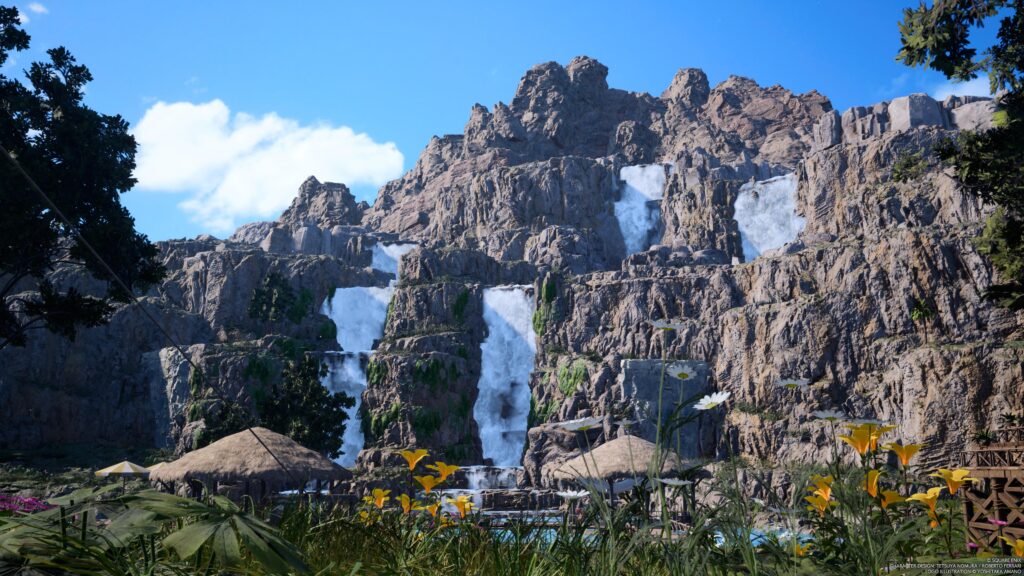
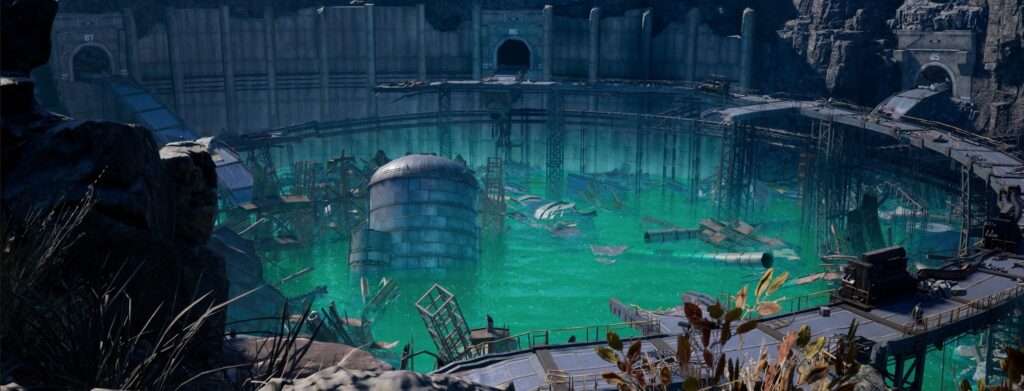
Well, yes and no. You’re going to recognize some common tropes. Scouring regions for crafting materials, locating semi-hidden spots, the usual – and I don’t even want to think about how many reviewers will compare Rebirth’s Remnawave Towers to features found in Assassin’s Creed and The Legend of Zelda: Breath of the Wild. (Oops. I’m now one of them.)
But this doesn’t feel bloated. Crafting feeds into an ever-growing list of concoctions in the Item Transmuter, a key item with its own level-up bar, a full suite of consumables, armor, and accessories to create, and more. The semi-hidden spots often include clever little twists – baby chocobos lead you to rest stops you’ll repair, owls will take you to Lifesprings (little bastions of the planet’s remaining natural splendor), and a certain sort of box will release a beam of light to guide you to shrines where you can power up Rebirth’s suite of summon monsters. Keep an eye out for rabbits, too, since a treasure is buried nearby for your chocobo to dig up. It’s little stuff, but it enhances what might have been some dull features in a noteworthy way.
Speaking of chocobos, I’m pretty sure they have never before been so thoroughly integrated into a Final Fantasy. The original game’s chocobo racing returns in spades, Final Fantasy IX’s chocobo treasure hunting has already been mentioned, and every regional breed can tap into a unique ability to bring you to new places. Which is technically another OG FFVII staple, but it’s applied much more liberally in Remake. You can even collect gear sets for them, which you can mix and match for both style and an impact on their racing stats.
Still More Minigames
Rebirth could have had this, plus the unique Protorelic minigames, and it might have been enough. It would have already been more than other modern installments, including Remake, by a considerable margin. But chocobo gameplay only pecks the surface of what has been packed into this game. Other minigames pop up at a rapid rate, several of which are available for replay at the Gold Saucer. That’s par for the classic Final Fantasy course for a few of them, but trust me, there’s a heck of a lot more.
Not all of it lands. A few are more frustrating than engaging. But like the game that put Final Fantasy on the Western map, it’s incredible how much the developers have dared to experiment. The result is a game that contains an almost absurd amount of diversity in its non-combat gameplay. It’s exactly this constant diversity that stands as that second thing I think about whenever I boot up this game. Rebirth is as much about its mechanical non sequiturs as it is about battling, and that willingness to constantly experiment, to stuff the creative envelope with the unexpected, that’s something I adored about the seventh through tenth mainline installments.
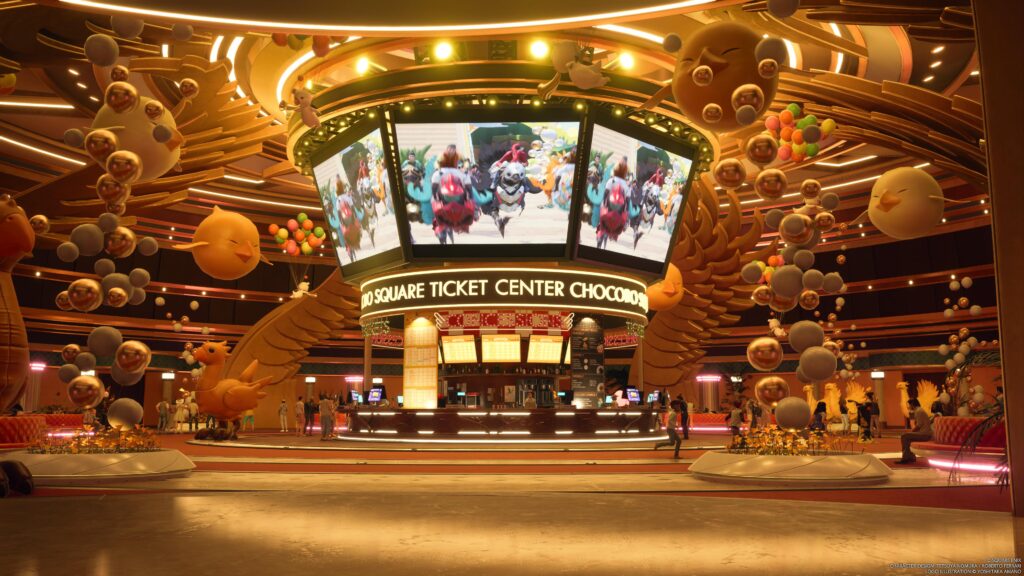
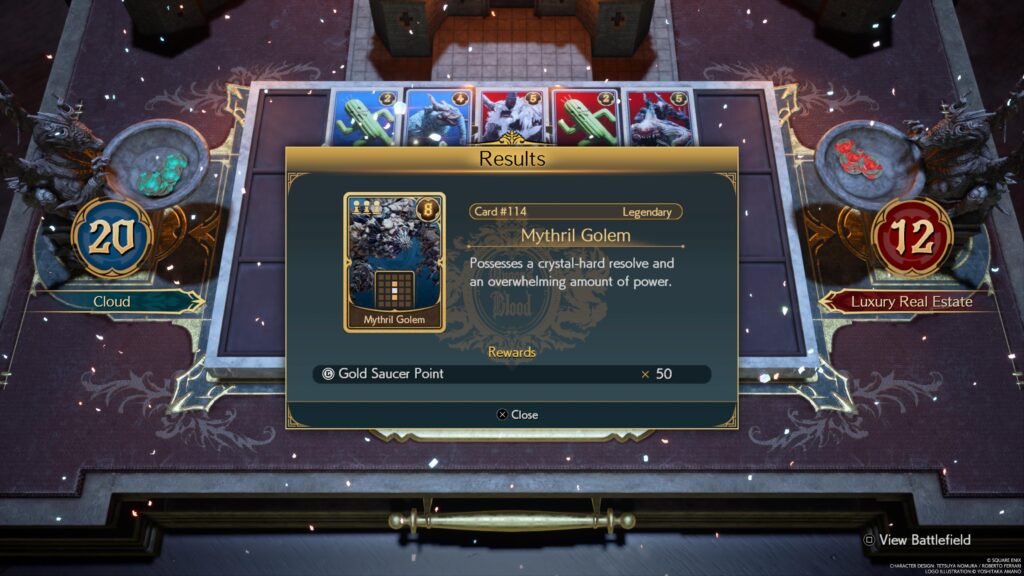
And I haven’t even mentioned Queen’s Blood. This is Final Fantasy’s answer to The Witcher 3’s Gwent, and it’s just as deserving of some kind of standalone release. I was over the moon when Square revealed that Rebirth would introduce an all-new in-game card game; Final Fantasy VIII’s Triple Triad and FFIX’s Tetra Master both excited me to no end, but there hadn’t been another of these since 2000.
I was unprepared for how much depth is in Queen’s Blood, however; it is in another league from its predecessors. Every card has plenty of flavor, either simply through the tiles it affects on the three-by-three game board or by virtue of its abilities. There aren’t a ton of abilities, mind you, but they somehow always manage to feel right. Turning the cargo ship sequence into a cruise ship with a Queen’s Blood tournament might go down as my favorite major full-blown story shift, and there is so much more QB fun to be had thereafter.
Still More Fighting
Onto to the battle system — maybe there’s a little less to say about it, since it’s an upgrade to what we’ve already experienced through Remake. But that’s not to say there haven’t been some real game-changers. The largest of which is the introduction of Synergy Skills, which come in two forms.
There’s a slew of stuff that you can do when you’ve got two specific characters in your party; Cloud and Barret, or Barret and Tifa, and so forth. These can be activated at any time after assigning them to your R1 menu. There are also much grander versions, which require both participants to have built up multiple ‘charges’ via using their character abilities. For instance, Cloud can use attacks like Braver and Firebolt Blade, and each time he does so, he’s adding a charge. If you want to use a major Synergy Skill with Tifa, you’ll need her to have as many charges, at which point your Synergy Skill is available.
These are seriously strong attacks, akin to dual-use Limit Breaks (which are still in the game, by the way), and some are more defensive than offensive. You might cast Haste on the whole party, or use United Refocus to temporarily supply your team with three ATB bars. Or perhaps you’ll benefit from a much-needed group heal.
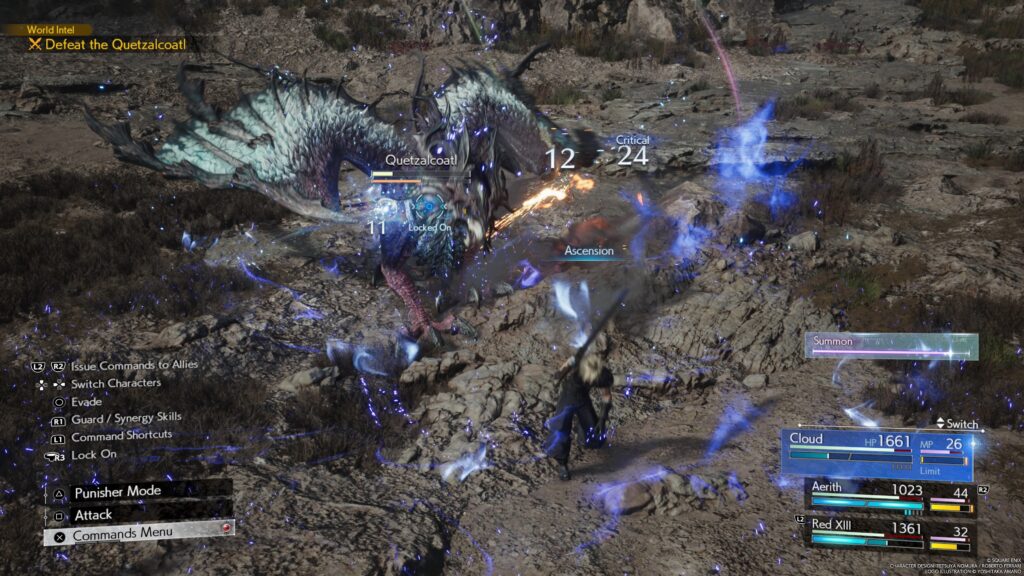
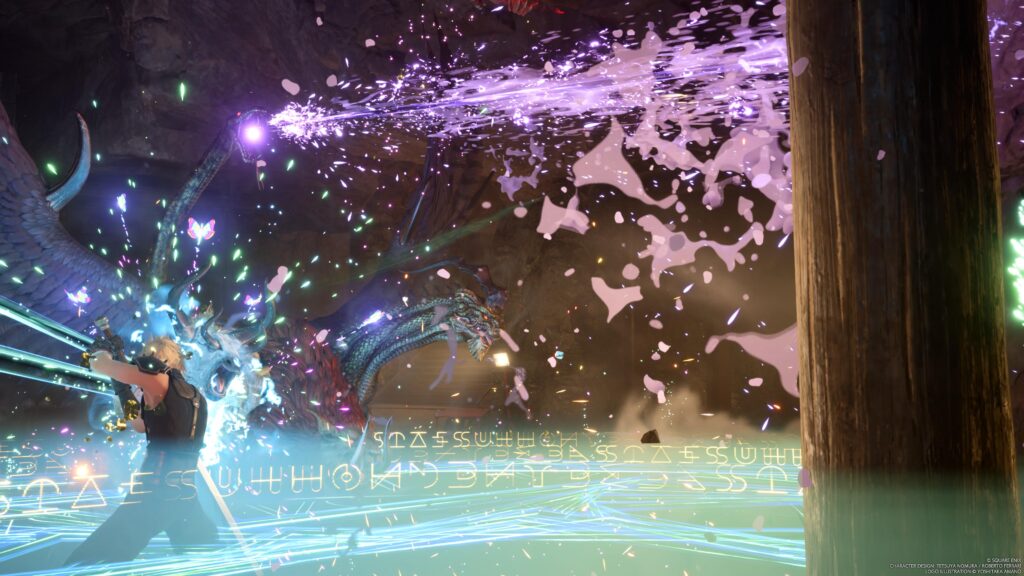
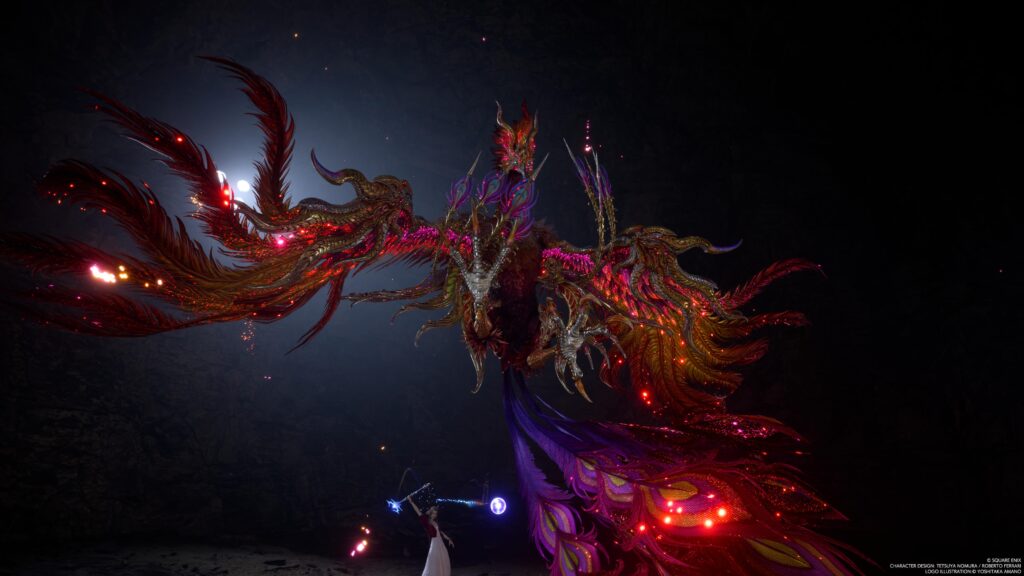
It did take me a while to gel with some of these fresh twists. The ATB-based elemental attacks that characters can learn, which are relatively low in damage output but make up for it by diversifying your party’s ways of handling enemy weaknesses? That all made sense out of the gate. The idea that I should now rely upon tapping R1 to routinely access minor Synergy Skills like Counterfire and Spell Blade? Not so much. It isn’t complicated; it’s just a big shift from the more straightforward battling of Remake, and I reckon some players will feel similarly bewildered for a bit.
Those of you who were not yet aware that neither Cid Highwind nor Vincent Valentine join the squad in a playable capacity, well, I hate to break it to you, but there it is. Both their roles work well enough within the story, and Cid’s overworked services are plenty handy. But Vincent, especially, feels like an awkward character to leave on the sidelines. I can respect how much work must have been done to give us seven party members, mind you. And I bet they’ll both be a blast to deploy in the impending third title. It still would have been nice!
Those So-Called ‘RPG Elements’
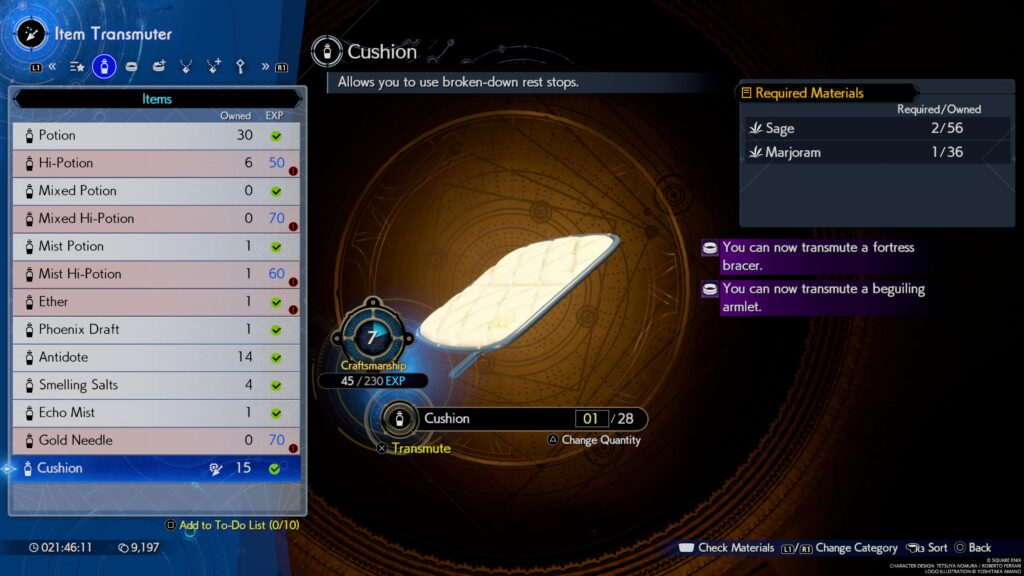
Rebirth’s literary characterization is first-class, but what about its character customization? What sorts of systems are in place to expand your party’s arsenal, to have them specialize to suit your play style, to see their stats and movepool grow over time? Every party member has their own individual Folio – think Final Fantasy X’s Sphere Grid, Final Fantasy XIII’s Crystarium, so forth – where you’ll spend accrued SP to advance your base stats, gain new Synergy abilities, and more.
There’s a moderate degree of freedom, since SP takes a long time (maybe too long) to arrive, and you’ll have to decide which directions to take over time. I’d hesitate to call Folios deep, per se, but they’re a piece of the RPG grind puzzle, not the whole picture. Weapon upgrades return, albeit in a separate form now, since their Crystarium-like Remake iteration has been replaced with Folios. Instead, your weapons will level up, and at each level, they’ll gain more perks. You will then choose a couple of these perks to equip, not unlike Materia, shrugging off the rest if they don’t fit your style. This has the added benefit of helping to make each weapon feel useful in its own way.
Materia returns with gusto. The variety of Materia orbs felt wanting in Remake. It suited the game, but picking and choosing which Materia to equip, to level into more powerful forms, to dictate my array of combat options, that’s something I adore about the original FFVII, and it wasn’t quite there yet. Rebirth probably triples the number of Materia, if not more so.
Some Materia combines two elemental spell groups, but grows at a slower rate to compensate. Another, Item Economizer, allows the wielder to use items without waiting on ATB charges – there’s a heavy cooldown, of course. There’s even FFVII’s own iteration of Bravery and Faith, attack-boosting and defense-boosting spells.
All this is to say that Rebirth does a pretty good job with its crunchier RPG mechanics. I hesitate to pluck the low-hanging fruit here, because I enjoyed my time with it plenty, but this is frankly a warmly-welcome thing to say after Final Fantasy XVI rather dropped the ball on this front. I can’t imagine I’ll be alone there.
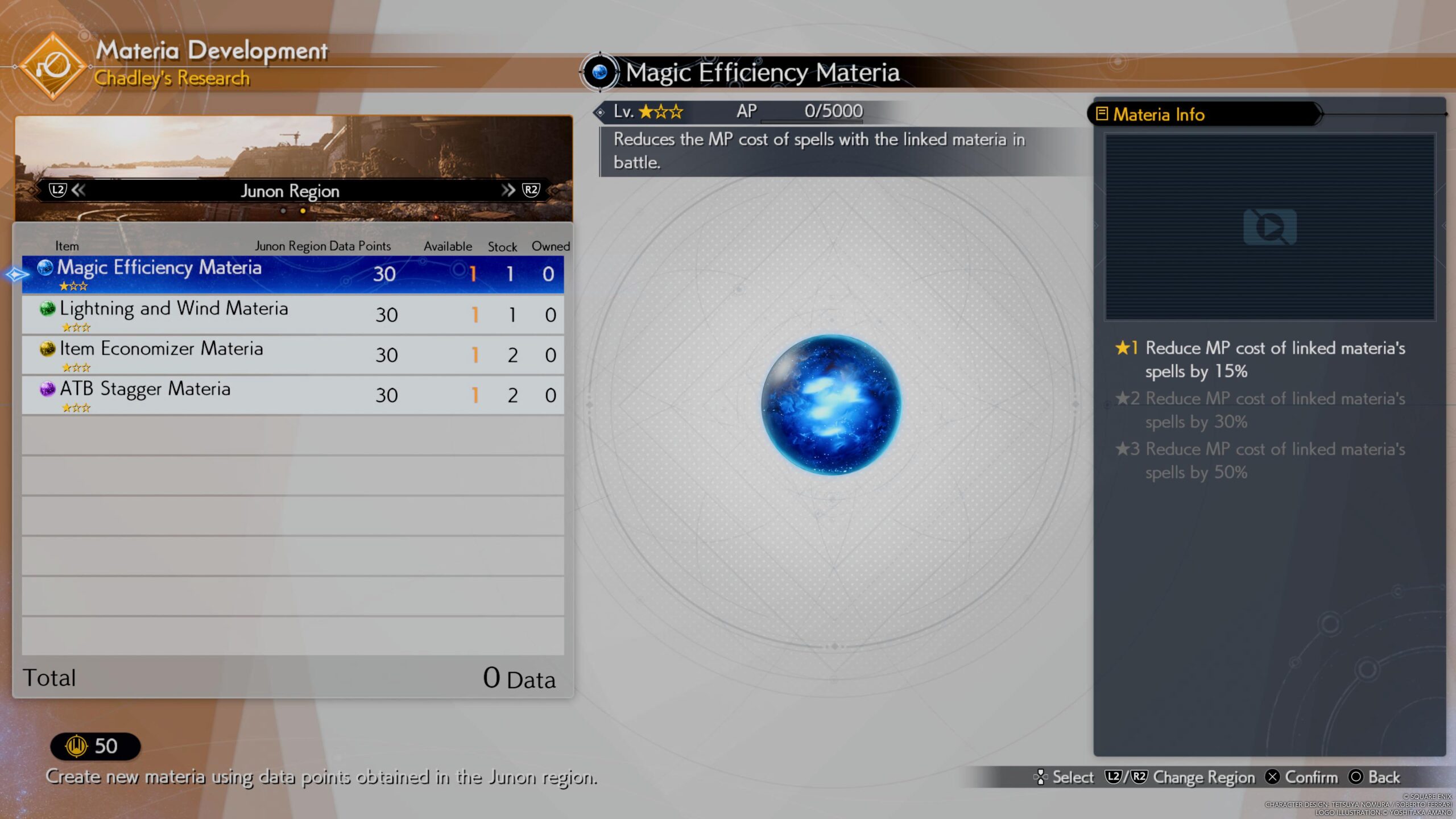
Jaw-Dropping Setpieces; Quality-Dropping Performance
Rebirth hits a home run with its presentation whenever the situation completely calls for it. Which is often. The Gold Saucer’s got some of the most visually arresting and stunningly choreographed scenes in the medium. Rufus’ ceremony in Junon is another treat for the eyes. Everything pertaining to the last two major locations is rich with so much color and detail that my words can’t do it justice. Go see it for yourselves!
The art design is on-point. Kalm felt a bit too washed-out for my tastes (that rich blue color scheme it previously possessed was sorely missed), but it’s still well-designed, unified in design with an atmosphere all its own. After Kalm, I didn’t once lament subsequent changes to Gaia’s plethora of places. Cosmo Canyon’s grandeur remains intact. Gongaga is a jungle wonderland (that’s seen better days, to be sure, but that’s the idea). Costa del Sol is the sizable tropical paradise that we had to pretend it was in 1997 when it had maybe five buildings total. Gaia’s become a work of art.
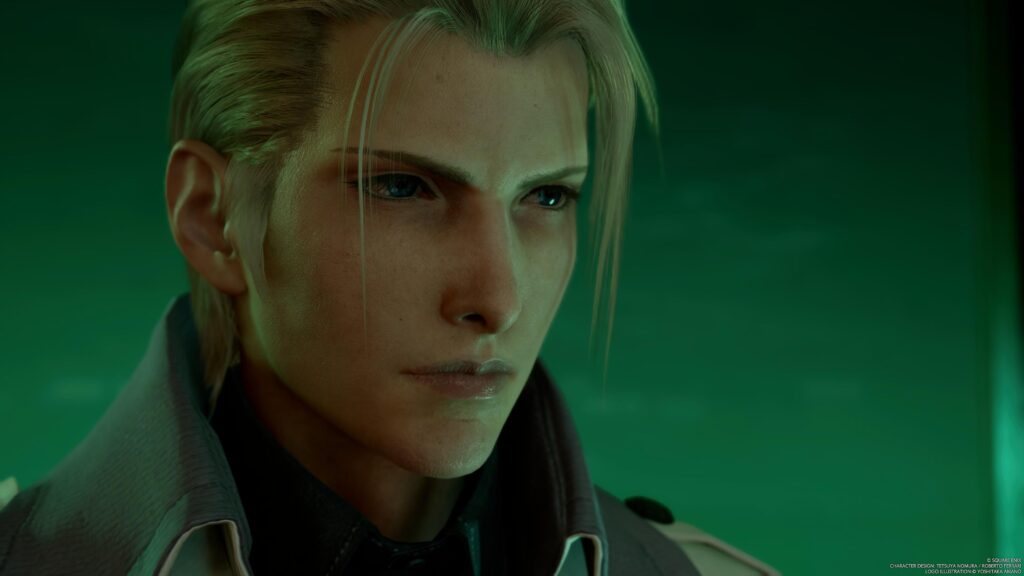

It’s unfortunate, then, that much of the detail these magical places contain evaporates when you play Rebirth with the 60fps Performance Mode. Some areas are worse than others, but there is a constant softness and blur that kicks the image quality down a notch, and it’s so bad in the Gongaga region that the canopy flickers nonstop – it’s distracting enough to detract.
Thus, if you can’t stomach the 30fps tradeoff of Graphics Mode, Rebirth’s visual fidelity is going to swing like a pendulum for you. I stuck with Graphics Mode, partly because I don’t mind that kind of thing as much as some, and partly because this game’s art design is too golden to suffer so. But coming off of Remake’s silky-smooth Performance Mode – which had minimal graphical tradeoffs, too – it is a step down. PS5 Pro when, right?
Sounds Great To Me
Here’s something that no technical hiccup can squash: Rebirth’s soundtrack is an all-timer. Once again, Remake lays the groundwork; the trilogy’s composers did a bang-up job there, and they found a style that is as delicious as it is diverse. From the rip-roaring battle themes to the melancholy of Sector 5’s theme and the ending theme by Nobuo Uematsu that it factors into, Remake’s a jam.
In leaving Midgar, however, the composers needed to diversify even further. Those steel-beam high rises and dog-eats-dog backalleys need a mechanical rhythm more often than not, but were out now. Everywhere we go, the rhythm has to shift, or else the wellspring of individual cultural flavors will fail to land even if every track is a winner in its own right.
Rising to this challenge could not have been easy, but the mad lads went and did it. The deserts surrounding North Corel sound nothing like the beaches of Costa del Sol, and I’m not using this comparison at random – the ‘Corel region’ encompasses both halves of the central continent’s southeast reaches. These aural paradigm shifts don’t just sound great. They keep you on your toes. Even if you’re deeply familiar with FFVII’s setting, it’s impossible to safely predict what you’ll hear at the edge of that next horizon.
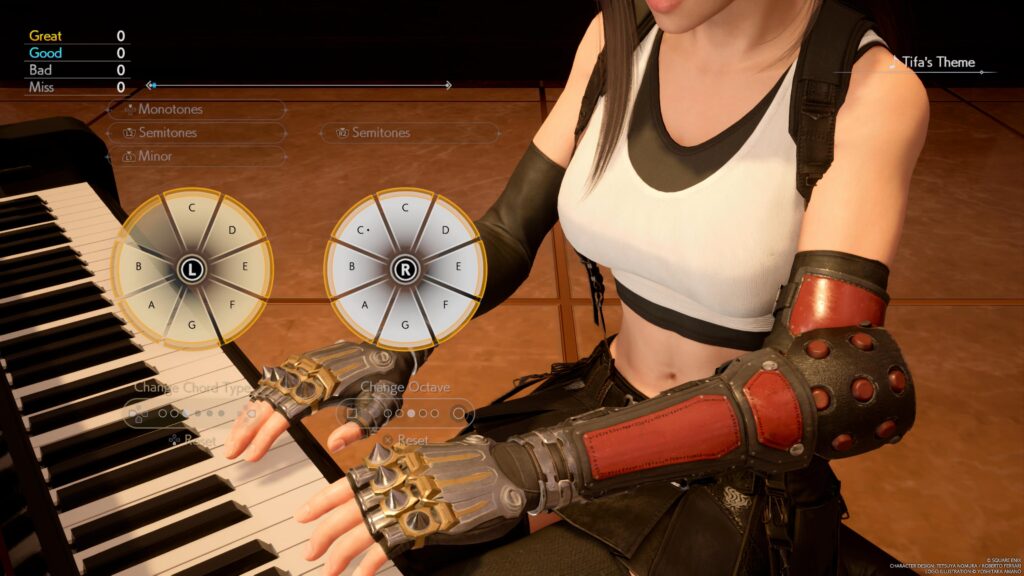
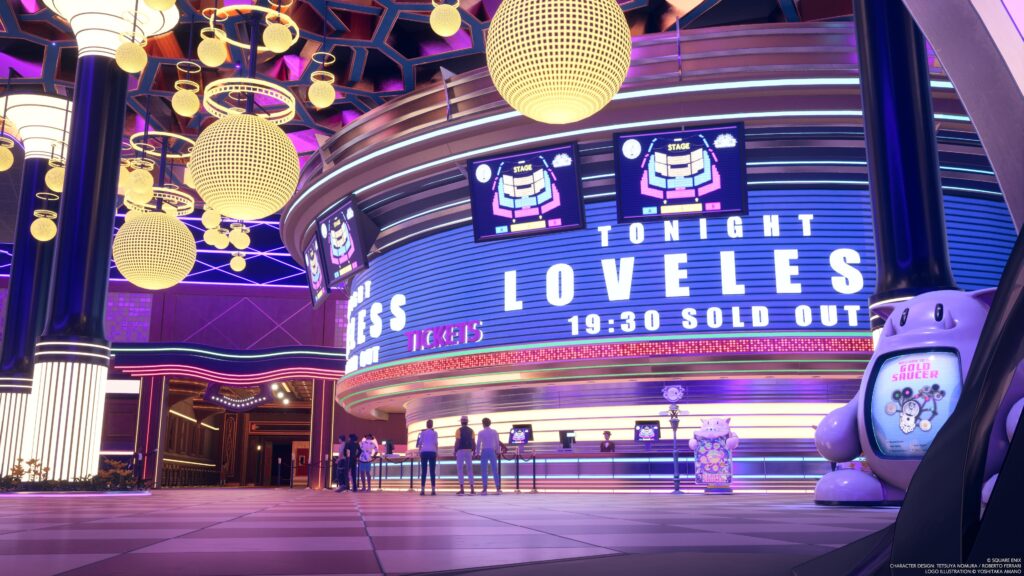
The soundtrack incorporates classic FFVII motifs with such a deft hand that if someone had told me that Nobuo Uematsu, the sublime composer behind the original game’s score, had been the one to write these tracks, I would not have so much as blinked. (Uematsu did devise Rebirth’s main theme “No Promises to Keep”, just as he did with Remake’s “Hollow”.) It isn’t afraid to bring totally new vibes to the table either, like the speakeasy sax at the center of the Queen’s Blood’s jazzy match music, or the catchy chorus in parts of the Gongaga region.
Rebirth continues to employ the first part’s talent for environmental music that transitions pitch-perfectly into battle music and then back again. This is all the more impressive when you’re talking about a game that’s got to have at least thirty instances of this. A strong transition can enrich the player’s sense of immersion. A fact that clearly isn’t lost on Masashi Hamauzu, Mitsuto Suzuki, and the rest of Rebirth’s composers.
Finest Fantasy
Thanks to its stellar cast and their increasingly close-knit familial ways, Rebirth tugged at my heartstrings so many times. It reminded me that life is worth living, and hope springs eternal. It also reminded me that I must cherish those who matter to me, my ‘found family’, as they say, because you never know when a beautiful moment can take a dark and heartbreaking turn. It’s an intensely funny game when it wants to be, and a total tearjerker when it wants to be, and really, it wants to be so many things. Such ambition is worthy of admiration; the fact that it nails so much of this is worthy of applause.
More cohesion on the technical front would have made it even better. Maybe the developers could have done another pass to ensure the worst minigames were closer to par with the best of them, too. (And dang it, not being able to play as Vincent is such a tease.)
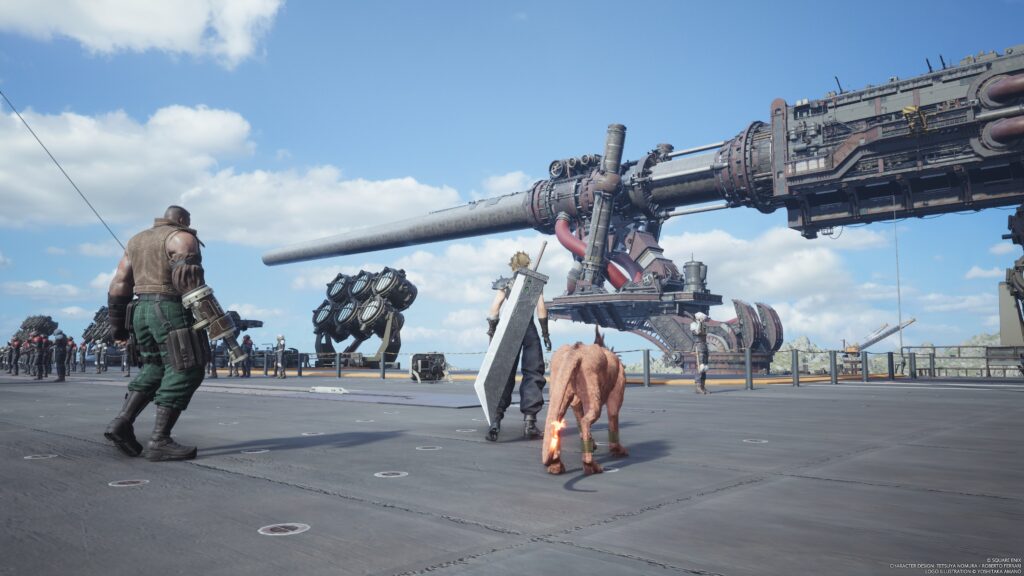
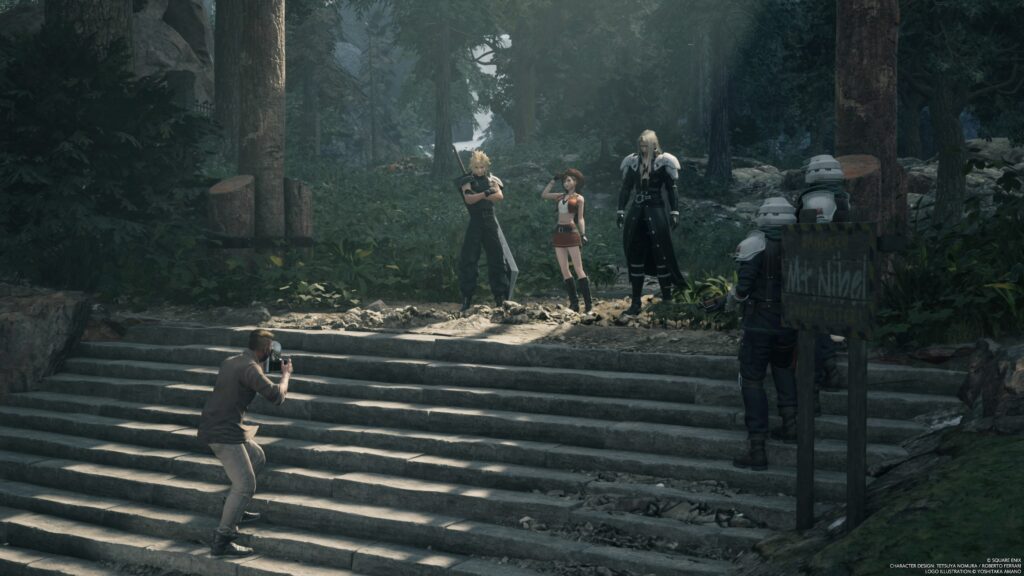
This stuff needs to be said. Fix all this, and you might have an honest-to-goodness perfect video game. But the blemishes haven’t stopped the game from soaring when it soars – and it’s almost always soaring. Above all, it charmed the hell out of me in a way I haven’t felt from Square Enix’s AAA offerings since the early 2000s.
Final Fantasy VII has stuck with me for 27 years and counting. It was as formative a journey for me as it was for so many others in my age group. I knew going into Rebirth that I’d probably like it, but I was not prepared for a game that – should I live another 27 years – will stick with me for just as long. Bring on act three, Square Enix. This unknown journey continues.
Disclaimer: Review code for Final Fantasy VII Rebirth was provided by the publisher Square Enix.
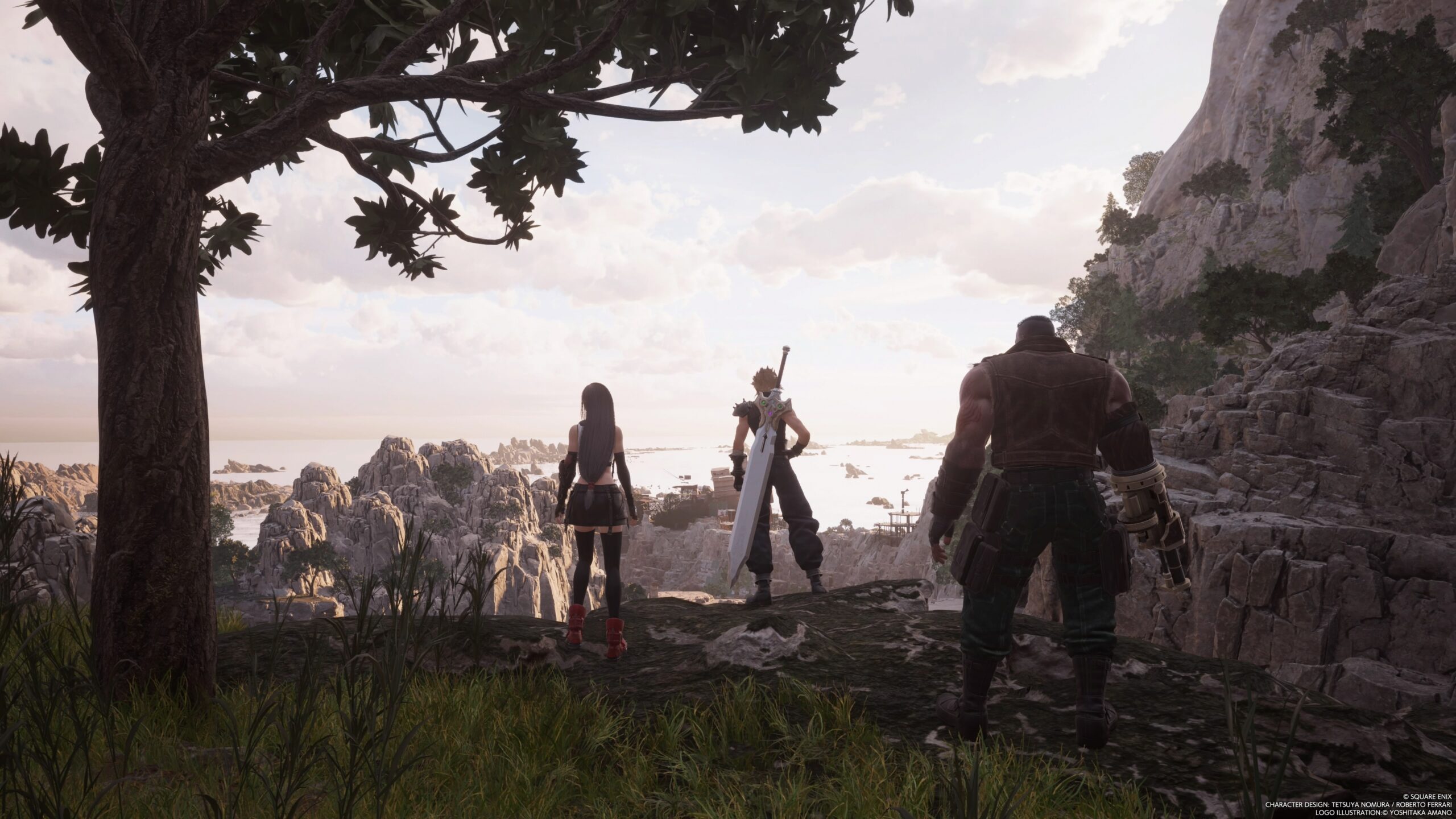
Recent Comments